Apart from talking about meatballs and a big furniture company (that serves meatballs), we Swedes also love to talk about culture. Well, talking isn’t the right word. When it comes to Swedish culture, it’s more about shouting out our opinions. We love opinions. Especially our own and those that we have secretly stolen from others and then made our own. The more extreme and the less substantiated, the better.
The latest contribution to the culture debate was made by Karl Ove Knausgård, the author of the epic six-volume series, My Struggle, who lambasted Swedish society for being a narrow-minded bunch of cyclops who cannot tolerate ambiguity.
I was absorbed by the text, not because it was amazingly illuminating, but because I knew that this was going to be big. Like watching two trains collide. As someone put it on Twitter: “Considering buying snacks and staying home from work today to follow Twitter. This could be REALLY entertaining”.
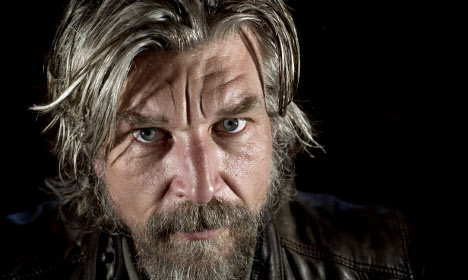
Karl Ove Knausgård. Photo: TT
If you’re part of the cultural elite in Sweden – especially the Swedish Academy who decide on the Nobel Prize in literature – then there’s one rule, and one rule only: don’t get involved in a culture debate. It doesn’t matter what you do. You’ll lose. Just stay out.
This latest cultural furore didn’t really start with Knausgård but with another Swedish author called Stig Larsson. No, not the guy who wrote the Millennium trilogy, but a more controversial figure. He’s Sweden’s version of Michel Houellebecq: loved and hated in equal measure and a master of provocation.
Earlier this year Swedish television made a documentary about Larsson’s life, most of which was set in and around his local bar, Rosa Drömmar. Like Houellebecq, he would agree to the occasional drink. Prominently featured in the film was his close friend, Horace Engdahl, formerly the permanent secretary of the Swedish Academy.
After it aired, a critic at Dagens Nyheter, Sweden’s largest daily newspaper, hailed the documentary and Larsson, describing him as incredibly funny and also very gifted.
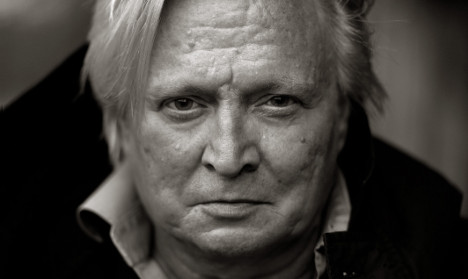
Author Stig (not Stieg) Larsson. Photo: TT
Then came the response from Ebba Witt-Brattström, a professor of literature, and also, incidentally, the former wife of Horace Engdahl. She asked why literary men, such as Larsson and Knausgård, could get away with being male-chauvinistic pigs who romanticise sexual fantasies about under-aged women. Her article was, well, confrontational.
This was the proper starting point. Dong! The culture debate had been officially opened. A few younger literary critics started jabbing. They claimed Witt-Brattström made things up and distorted facts, not just in her article, but also in her latest book.
She immediately punched back. Full strength. She reminded the young men that they were not the first to have tried attacking her as part of a career strategy. One of the critics, a PhD student in literature, received some particularly powerful blows. From the heights of her academic ivory tower, Witt-Brattström asked how anyone could have let him in as a PhD student. Afraid for his position, he threw in the towel. Wrote a response saying that he dared not go into work.
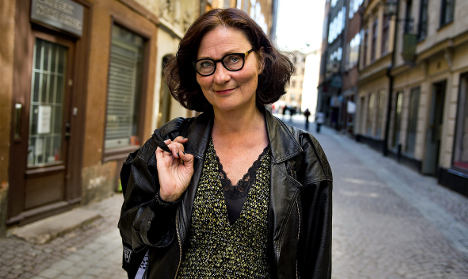
Ebba Witt-Brattström. Photo: TT
Meanwhile, the newspaper editors cheered and celebrated like Don King, watching the “likes” and “shares” pile up on Facebook and Twitter.
Then came Knausgård’s counter-attack. Somewhat surprisingly he did not aim at Witt-Brattström. Maybe he considered her too small a target. Instead he unleashed his anger on the Swedish people – yes, the entire population – attacking them for their complete inability to deal with ambiguity.
The response was long and written in a painfully pompous tone, through the verbose cyclops allegory. But the point he made is perfectly accurate. Sweden may be good at meatballs and furniture. And Eurovision. But ambiguity is not for Swedes. Especially not when it comes to culture.
The Knausgård affair is just one in a series of culture debates in recent years. One of the most prominent, and also most revealing, concerned the Swedish artist Anna Odell and her work called “Unknown Woman”. To re-enact an episode from her early twenties, she simulated a suicide attempt, pretending to jump from a bridge. She was then arrested by the police and taken into a psychiatric hospital.
This provoked a national debate. She was accused of abusing hard-working nurses and doctors and wasting public money. Few came around to actually watch the artwork. Yet everyone seemed to agree that this was not art.
The same year, 2009, another artist became the subject of a heated debate. Graffiti artist NUG stormed onto a train, wildly painted the whole car black, and then threw himself out of the window. This was filmed and exhibited under the title “Territorial Pissing”. It provoked the Swedish culture minister, Lena Adelsohn Liljeroth, to make a rather unusual declaration: that this was not art.
A few years later, the same culture minister got herself entwined in another culture debate. The Swedish artist Makode Linde had made a cake in the shape of a naked black woman with blood-red sponge on the inside to highlight the issue of female genital mutilation. When the culture minister agreed to cut the cake, there followed accusations of racism and calls for her to resign.
Which brings us back to Knausgård and his Sweden as a lumbering Cyclops analogy. Swedes, he claims, are unable to read literature because they cannot separate fiction from reality. They have no ability to deal with ambiguity? Broadly speaking, I would agree. Culture debates in Sweden are not meant to invite questions. They are meant to stop asking questions. So in this world of frenzied attack, Odell is not an artist but a provocateur, NUG is a vandal, Linde a racist, and Knausgård a paedophile. These debates are about as subtle and sophisticated as any combative sports where the ultimate aim is to knock down your opponent in front of a chanting crowd.
Did Knausgård win the fight? No, of course not. He lost as much as all other combatants who got involved, reminding his fellow elites that a culture debate can only be enjoyed at a safe distant. And even then, the spectacle is painful to watch, leaving a bitter taste in the mouth.

Carl Cederström is a Lecturer at Stockholm Business School at Stockholm University.
A longer version of this article was originally published on The Conversation. Read the original article.


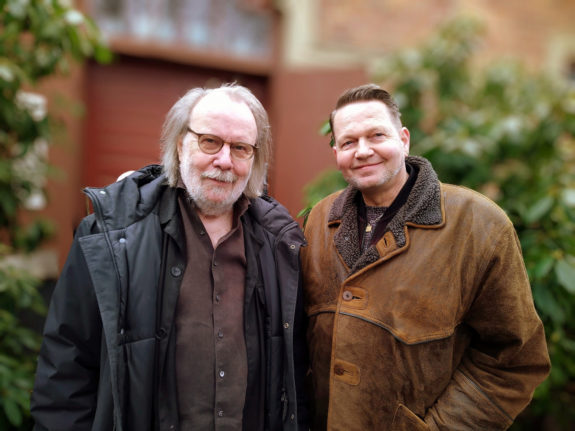
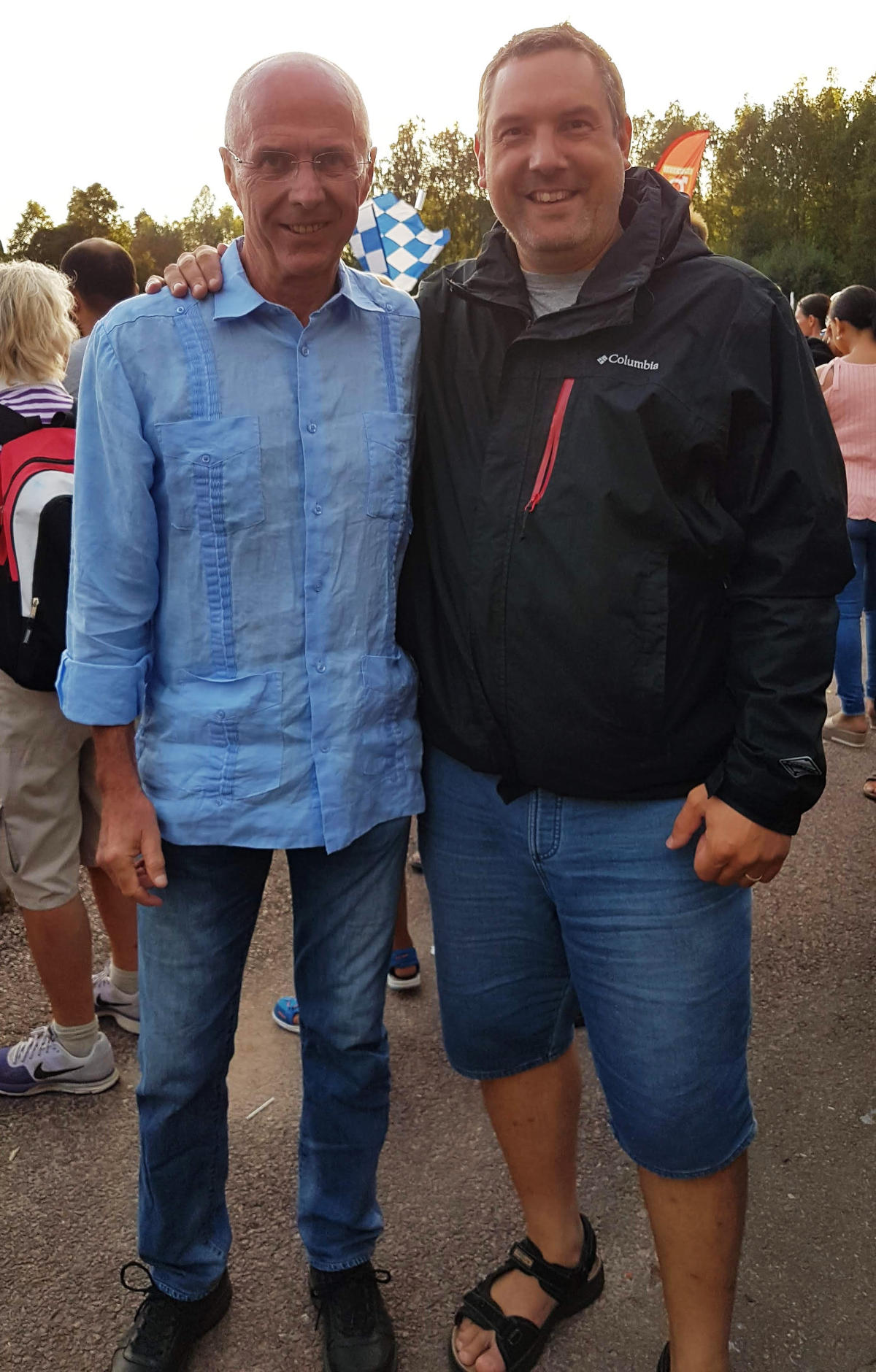
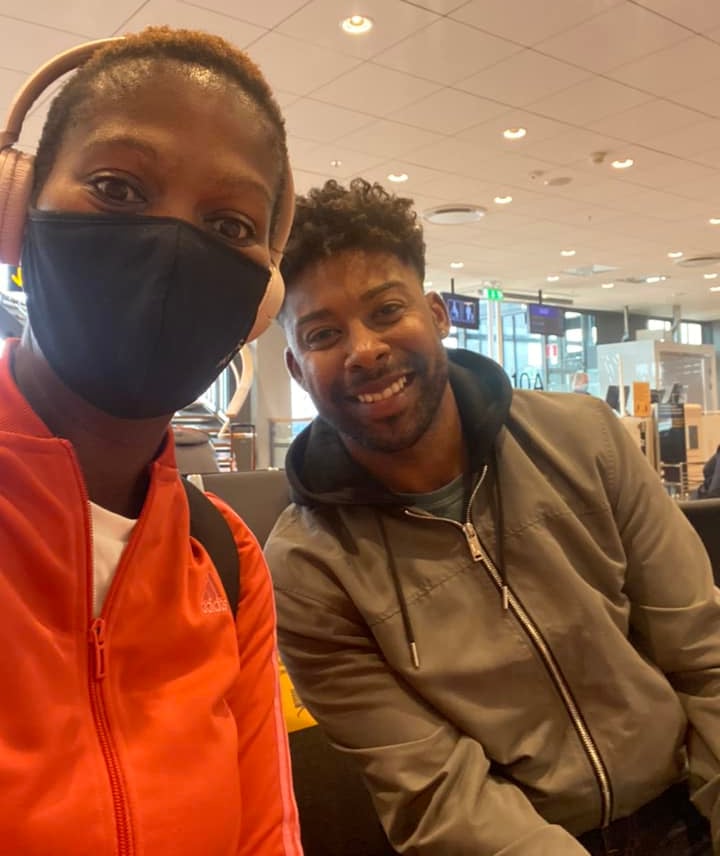

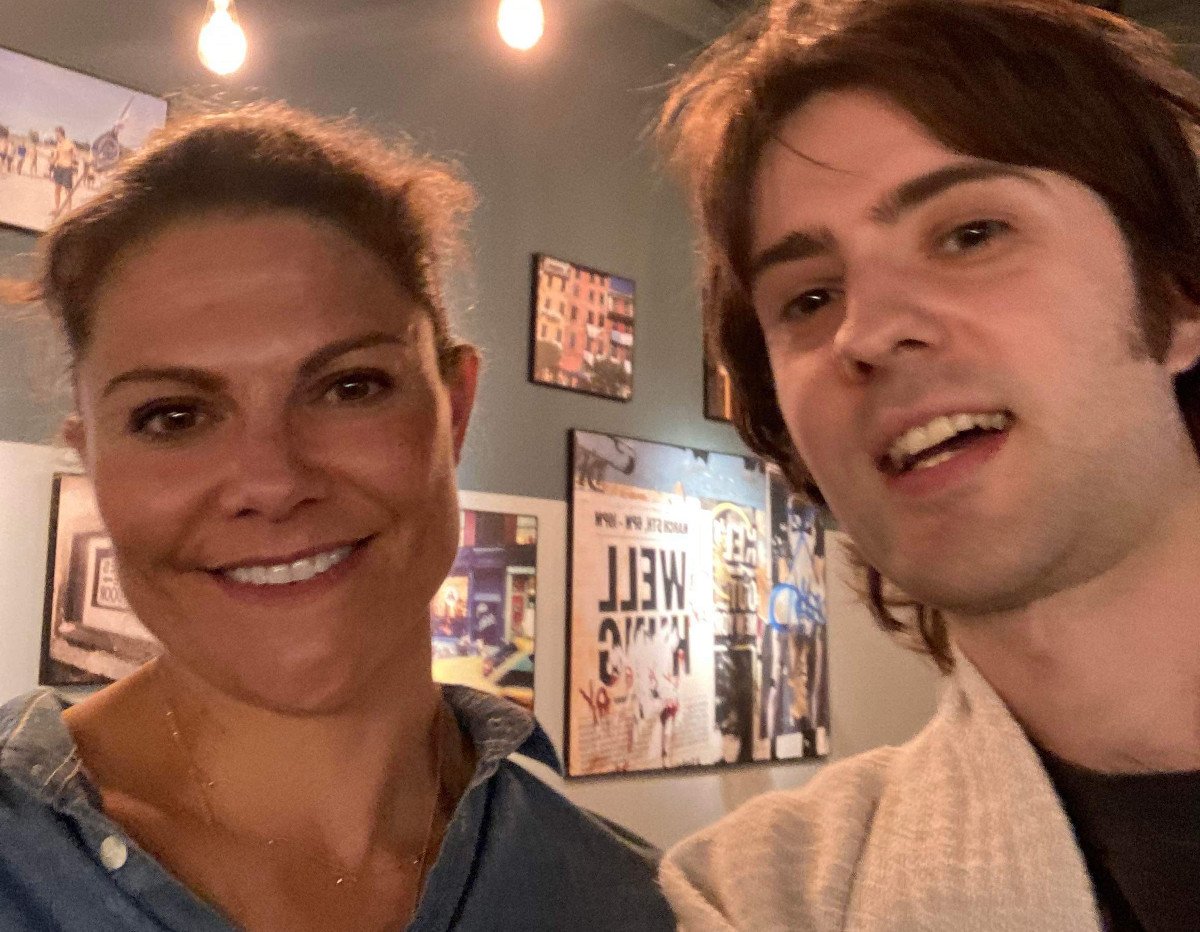
 Please whitelist us to continue reading.
Please whitelist us to continue reading.